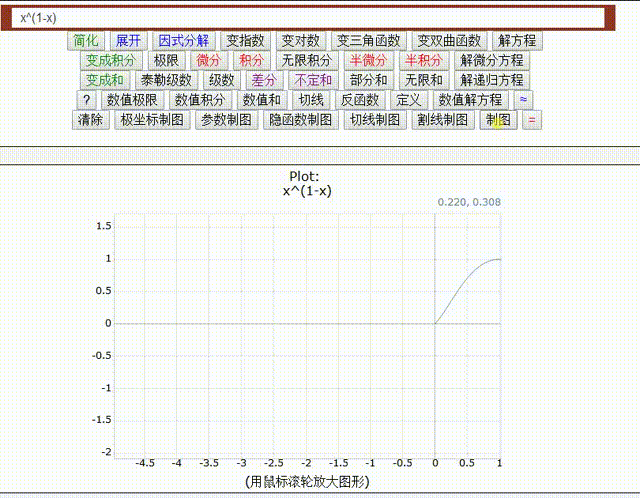 +
+  +
+  +
+  =
= 
 +
+  +
+  +
+  =
= 
| Property | Description |
|---|---|
| Math.E | Returns Euler's number (approx. 2.718) |
| Math.PI | Returns PI (approx. 3.14) |
| Method | Description |
|---|---|
| abs(x) | Returns the absolute value of x |
| acos(x) | Returns the arccosine of x, in radians |
| acosh(x) | Returns the hyperbolic arccosine of x |
| asin(x) | Returns the arcsine of x, in radians |
| asinh(x) | Returns the hyperbolic arcsine of x |
| atan(x) | Returns the arctangent of x as a numeric value between -PI/2 and PI/2 radians |
| atan2(y, x) | Returns the arctangent of the quotient of its arguments |
| atanh(x) | Returns the hyperbolic arctangent of x |
| cbrt(x) | Returns the cubic root of x |
| ceil(x) | Returns x, rounded upwards to the nearest integer |
| cos(x) | Returns the cosine of x (x is in radians) |
| cosh(x) | Returns the hyperbolic cosine of x |
| exp(x) | Returns the value of Ex |
| expm1(x) | Returns the value of Ex minus 1 |
| floor(x) | Returns x, rounded downwards to the nearest integer |
| log(x) | Returns the natural logarithmof x |
| log10(x) | Returns the base-10 logarithm of x |
| log1p(x) | Returns the natural logarithm of 1 + x |
| max(x, y, z, ..., n) | Returns the number with the highest value |
| min(x, y, z, ..., n) | Returns the number with the lowest value |
| pow(x, y) | Returns the value of x to the power of y |
| random() | Returns a random number between 0 and 1 |
| round(x) | Rounds x to the nearest integer |
| sign(x) | Returns the sign of a number (checks whether it is positive, negative or zero) |
| sin(x) | Returns the sine of x (x is in radians) |
| sinh(x) | Returns the hyperbolic sine of x |
| sqrt(x) | Returns the square root of x |
| tan(x) | Returns the tangent of an angle |
| tanh(x) | Returns the hyperbolic tangent of a number |
| trunc(x) | Returns the integer part of a number (x) |
| Property | Description |
|---|---|
| e | Returns Euler's number (approx. 2.718) |
| pi | Returns PI (approx. 3.14) |
| degree | Returns PI/180 (approx. 0.017453292519943295) |
| eulerGamma | Returns euler Gamma (approx. 0.5772156649015329) |
Complex numbers are represented by a dictionary of real and imaginary attributes:
complex( x, y ) — returns a complex number as { re: x, im: y }
complex( x ) — returns a complex number as { re: x, im: 0 }
or with convenience functions:
re( x ) — real part of a real or complex number
real( x ) — real part of a real or complex number
im( x ) — imaginary part of a real or complex number
imag( x ) — imaginary part of a real or complex number